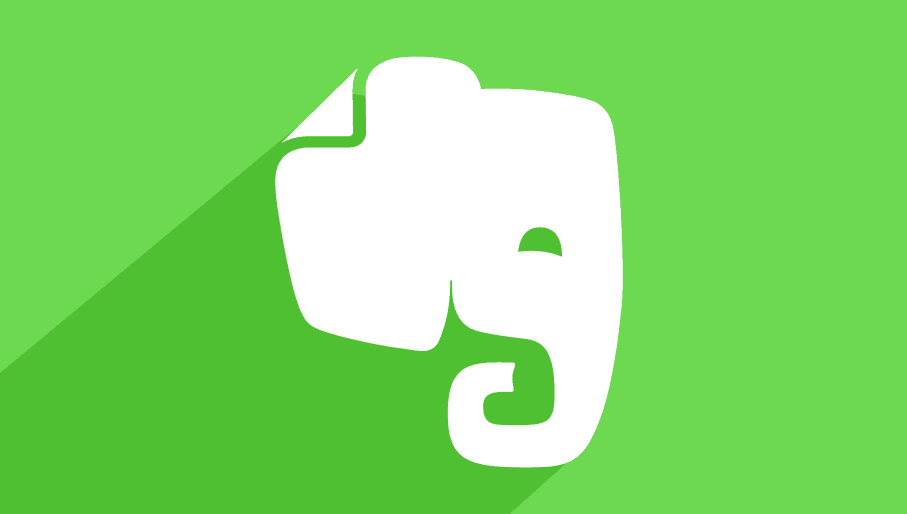

Step One: Lay a business card down on a flat surface. Harding – Using Evernote To Import Business Cards Into Your Contacts

During trials, any extensive editing of notes is done on the laptop but reading and using the notes occurs on an iPad which is much more convenient to hold or bring to the podium during trial. All of the notes (and most PDFs of key documents) are word searchable in the Evernote database.Īll of the firm’s legal research is compiled in separate Evernote notes with headings and tags to call the note up at a later date for any case.Īny note can be easily accessed on any phone, tablet or computer running the program. As the case progresses, the following are typical notes created: Witness Interviews, Deposition Outlines, Discovery Needs, Photographs, Key Cases, Notes, Opening Statement and Closing Argument. When a new matter comes into the office, a new Evernote notebook is immediately created for the matter. Jeffrey Lewis – Evernote is an essential organizational tool for my business litigation and appellate practice. I also share notebooks with business partners so we can collaborate on projects more effectively. Pictures, articles, snippets of audio – it all goes into Evernote. Jay Fleischman – I use Evernote to save scraps of information I find online as well as in my daily travels. I know Evernote security is better than a lot of servers sitting in lawyers’ offices but I still haven’t got myself to a point that I’d put anything sensitive there. I use both notebooks and tags for this purpose. I keep links to useful web articles and PDFs containing research materials.

I do, however, like to use Evernote to store legal research. The ability to easily get information into Evernote and then access it whenever and wherever I need it make it an invaluable tool for me.ĭavid Sparks – I use Evernote a lot more for my personal business than my legal work. Ben Stevens – I use Evernote on a regular basis for two main things: (1) keeping track of ideas for blog posts (through Clearly and/or Evernote Web Clipper), and (2) as a repository for notes, documents, and ideas for the various AAML Committees on which I serve.


 0 kommentar(er)
0 kommentar(er)
